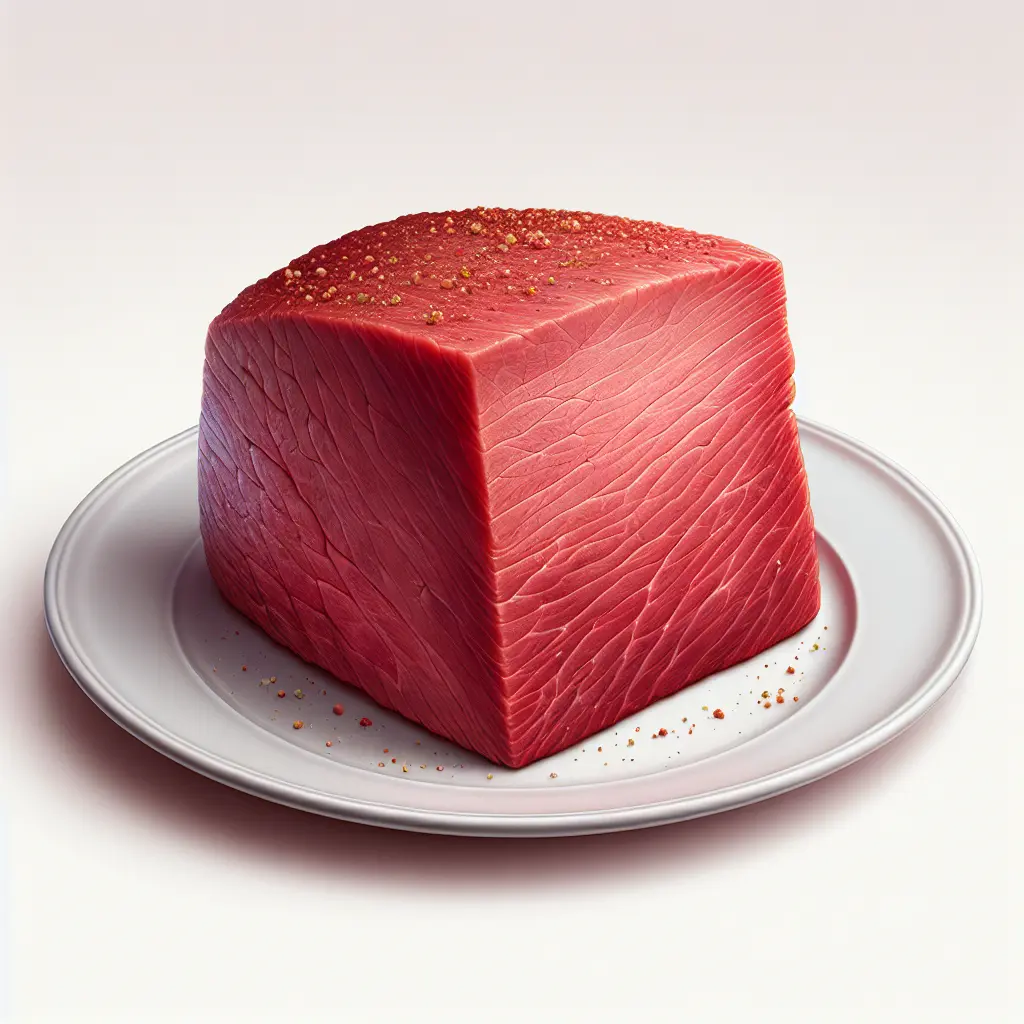Corned Beef: A Culinary Journey Through Time
Corned beef, an iconic dish steeped in history, has its roots in the preservation methods of the 17th century. Originating in Ireland, corned beef was initially a means of preserving beef by curing it with large grains of salt, known as "corns." Over time, this preservation technique became synonymous with the flavorful and tender meat we know today.
Nutritional Value: A Balance of Flavor and Health
Corned beef offers a balance of essential nutrients, making it a protein-rich and low-carb addition to your meals. A 3-ounce serving provides approximately 213 calories, 15 grams of protein, and only 0.4 grams of carbohydrates. Its low fiber and sugar content make it a suitable choice for those managing their weight or blood sugar levels.
Macronutrient Breakdown:
- Calories: 213
- Protein: 15 grams
- Fat: 16 grams
- Carbs: 0.4 grams
- Fiber: 0 grams
- Sugar: 0 grams
Culinary Versatility: From Delicacies to Comfort Food
The versatility of corned beef extends beyond its nutritional value. Its distinct flavor and texture lend themselves to a wide range of culinary creations, from traditional Irish dishes to modern fusion cuisine.
- Boiled Corned Beef: A classic preparation method, boiling corned beef results in tender, flavorful meat that can be enjoyed with vegetables and potatoes.
- Corned Beef Hash: A hearty and comforting breakfast or brunch dish, corned beef hash combines chopped corned beef, potatoes, and onions.
- Reubens: A beloved sandwich, the Reuben features corned beef, Swiss cheese, sauerkraut, and Thousand Island dressing on rye bread.
- Corned Beef Tacos: A fusion twist on traditional tacos, corned beef tacos feature a flavorful filling of seasoned corned beef, topped with your favorite toppings.
- Corned Beef Soup: A warm and satisfying soup, corned beef soup combines tender corned beef, vegetables, and a flavorful broth.
Tips for Cooking and Enjoying Corned Beef
- Selecting the Right Cut: For optimal flavor and tenderness, choose a well-marbled cut of corned beef, such as brisket or flat cut.
- Seasoning: While corned beef is typically pre-seasoned, you can enhance the flavor by adding additional seasonings, such as garlic, peppercorns, or bay leaves, to the cooking liquid.
- Slow and Steady Cooking: To achieve fall-off-the-bone tenderness, cook corned beef slowly over low heat, either boiling or roasting.
- Accompaniments: Serve corned beef with traditional sides such as boiled potatoes, carrots, and cabbage, or experiment with modern accompaniments like roasted vegetables or a tangy slaw.
- Storing Leftovers: Leftover corned beef can be stored in the refrigerator for up to 3 days or frozen for up to 3 months.
Conclusion
Corned beef, a culinary treasure with a rich history and versatile nature, offers a delectable balance of flavor and nutrition. Whether enjoyed in traditional preparations or incorporated into innovative dishes, this iconic meat continues to captivate taste buds and nourish bodies. Embrace the culinary journey of corned beef and discover its endless possibilities.
How many calories are in Corned Beef?
Each 3 oz of Corned Beef contains 213 calories.
Corned Beef Nutritional Information
| Nutrient | Amount per 3 oz (85g) |
|---|---|
| Calories | 213 Calories |
| Protein | 15g |
| Fat | 16g |
| Saturated Fat | 5.4g |
| Cholesterol | 0.083mg |
| Carbohydrates | 0.4g |
| Dietary Fiber | 0g |
| Sugar | 0g |
| Sodium | 0.827mg |
| Potassium | 0.1233mg |
| Calcium | 0.0068mg |
| Iron | 0.0016mg |
